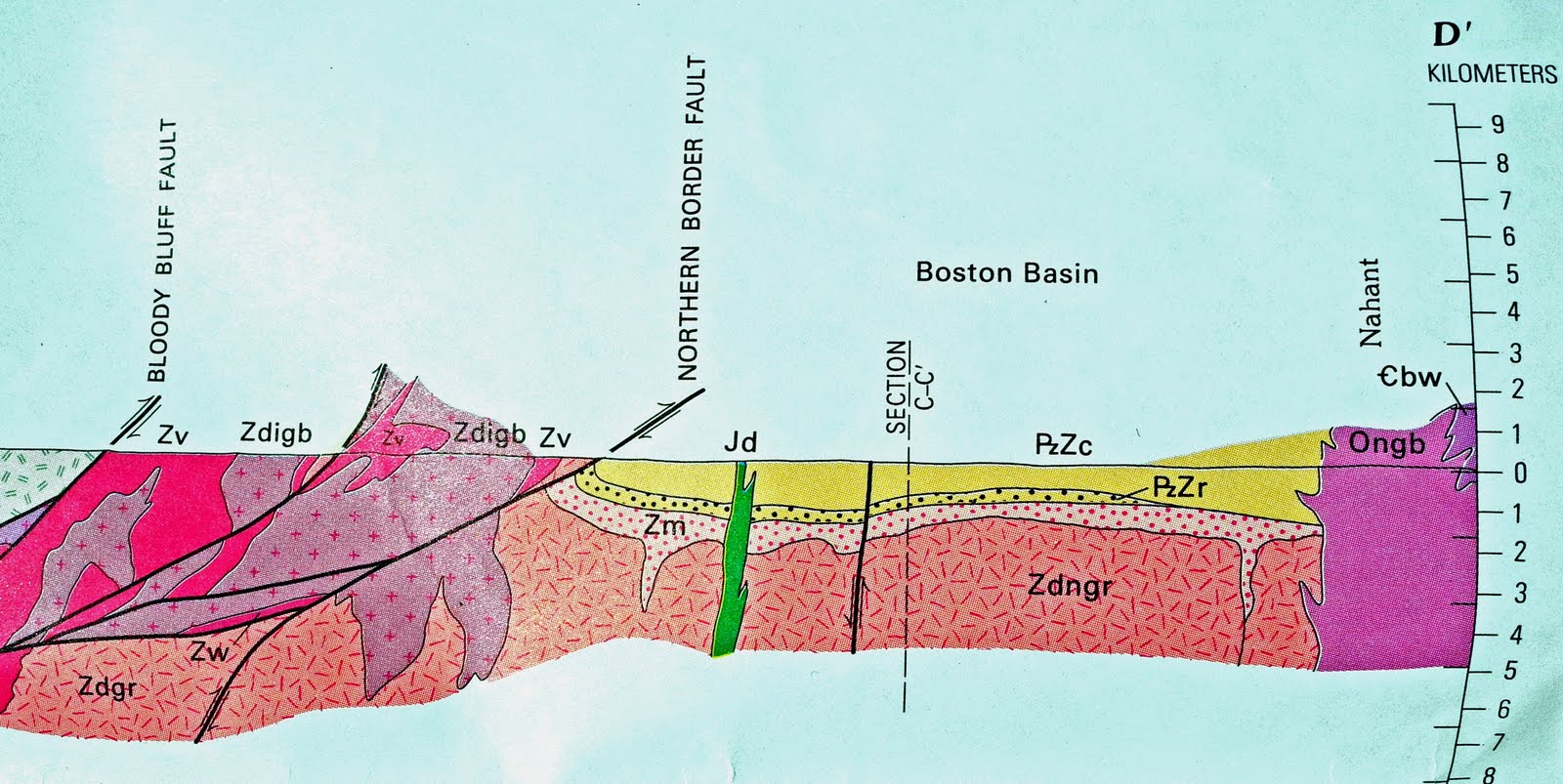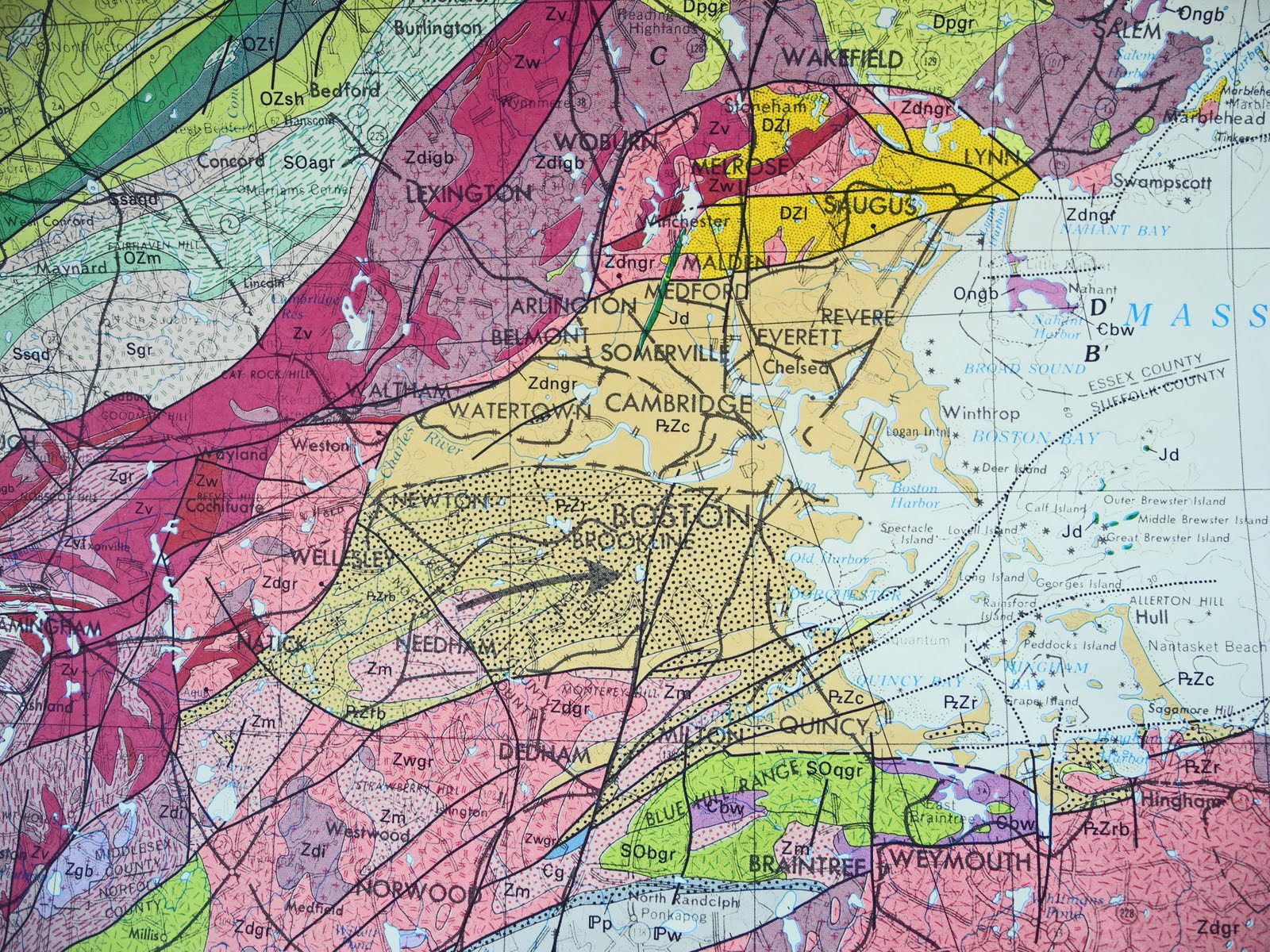You need to take a lot of the opinions expressed here with a huge grain of salt. They all reflect various different kinds of experience and knowledge. These warnings apply equally to my own comments.
You certainly don't need bedrock for tunneling. A tunnel is in many ways no different than a building, or certainly a basement, and we build many large buildings without bedrock. There can be issues with water but foundation pressure does not usually the governing design or economics. In truly poor soil conditions you can use piles, just like a building.
Slurry walls do not by themselves utterly change the economics of a tunnel. They are more expensive than unpinned cut and cover for sure. However, it's just another kind of cut and cover. But plenty of buildings, like Millennium, get built with slurry walls. It was a technique developed to be cheaper than excavation and temporary bracing where hydraulic pressures are high and so it is.
The geologic info posted here has very little to do with tunneling issues at all. It shows deep geologic faulting, not the surface geology where tunneling would take place. At best it informs various seismic risk factors and gives a broad historical context of the area's geology. Try things like
this and
this which are least representative of the surface geology. But are still more relevant to seismic hazard mapping than tunnel design. Or look at this very old
MIT thesis which includes Cambridge, is written in clear language, is not proprietary, contains rough bedrock elevations from previous tunneling (sewers). Typically bedrock is 60 to 180' below grade which is not beyond design lengths of typical deep pile foundations.
Once and for all, we can tunnel through clay and other soft soils. It's not easy. There are examples of failure and escalating costs. But it is not beyond our skills. See for example
this brochure from a Scandi tunneling consultancy (page 7). This publication has examples in urban areas and in soft soils. For example Malmo city twin bore 4.6km rail tunnels (pg 22) in hard limestone, but very inconsistent and therefore expensive. Marieholmstunnel, Stockholm, 600m twin tube with 3 lanes under a river in clay and sedimentation (expensive pg 27). There are many other examples.
The problems in Boston are economic and political. Mass transit lacks sufficient financial support. Desirable tunneling areas are not very economically dense. Like Harvard Ave or Mass Ave. But they do cross multiple political boundaries and have many abutters. Imagine a tunnel in Brookline a few abutting houses claiming the potential for settlement and damages, which there always is, could tie up a project for years in litigation. Then there are the unknowns like old sewers etc. There is also issues of access and constrained geometry, difficulty in using eminent domain, and limited public rights of way. However, look at London Crossrail as an example, far more unknown ground conditions, tons of abutters, historical structures and difficult soil conditions and water. However, the value of the land is much higher there and there are relatively few political entities (it still took 40 years to get started).
If Boston wants these sorts of projects it needs to develop urban planning that characterizes places like Longwood and Kendall as critical central nodes where high density and growth will be supported and driven by access to mass transit (like most successful urban areas around the world). And that surrounding areas will play a part in that density. And that regional economic resources (i.e. taxes) ill be used to pay for that transportation infrastructure. I leave it as an exercise for the reader to figure out if this is possible.
In summation, the problem in Boston is a lack of political consensus underpinned by urban planning and appropriately tailored political entities that would require and therefore support these types of very expensive collective infrastructure projects. If so structured, the economics of such mass transit proposals are eminently feasible. Places like Stockholm, Madrid, Berlin, Zurich, Dublin are no larger economic entities than Boston. However, given all of the present political and economic structures with the MBTA and State and fractured towns such Crazy tunneling proposals are sadly economically infeasible.



